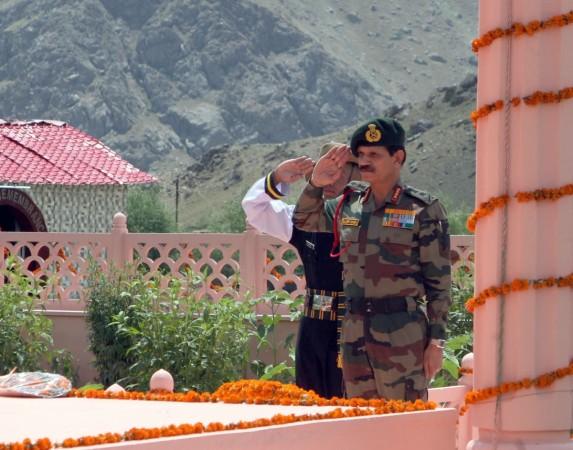
The Kargil war, also referred to as the Kargil conflict, was a face-off between India and Pakistan in the mid-1999 that resulted from militant incursion in the Kargil district of Jammu and Kashmir. It ended with India regaining control of the entire district from Pakistan, and lead to a major change in India's border tactics.
Here is everything you need to know about the armed conflict:
Overall:
- The Kargil war took place between May and July of 1999.
- It is believed to have been orchestrated by the then Pakistan Army chief General Pervez Musharraf without the knowledge of the then Pakistani Prime Minister Nawaz Sharif.
- It began with the infiltration of both Pakistani soldiers and Kashmiri militants into Indian territory and positioning themselves in key locations that gave them strategic advantage in the combat.
- The plan was to apparently capture the whole of Kashmir bit by bit, something Pakistan has wanted for a long time.
- The Indian Army, informed by local guides of activities in the area, managed to ascertain the incursion and mounted a mission now known as Operation Vijay.
- The Army declared the mission successful on July 26, and henceforth the day has come to be known as Vijay Diwas.
- The victory came at a high price. The official death toll on the Indian side was 527, while that on the Pakistani side was between 357 and 453.
During the combat:
- Because the Pakistani soldiers and militants had positioned themselves at higher altitudes, it gave them advantage in combat, as they could fire down at advancing Indian troops.
- Pakistan shot down two Indian aircraft — a fighter jet and a helicopter — while another fighter jet crashed during the operation.
- The militants used surface-to-air missiles that were also used by the Taliban to attack Indian aircraft sent to combat the infiltration.
- In the initial days of the armed conflict, the infiltrators also took Indian Army soldiers prisoner, and barbarically tortured them. The most prominent and gruesome of these was reportedly meted to Captain Saurabh Kalia. According to a Tehelka report: "His body had cigarette burns on it, his bones and teeth had been broken, his ears had been pierced, his nose chipped, his lips cut, his skull fractured, and [he had been] blinded."
- With the conflict veering towards all-out war, India used its naval forces to blockade Pakistani ports, dampening its oil import. Sharif would later say his country had enough fuel for just six days if an all-out war indeed broke out.
- As Indian troops attacked the infiltrators atop mountains, there was heavy firing from both sides, but no let-up because the latter had supplies coming in from Pakistan. India could stop this, but that would mean crossing into the Pakistani side of the Line of Control (LoC), which it did not want because it could escalate the conflict into all-out war.
- As the Indian troops pushed forward and captured one forward post after another, the Indian government was putting out advertisements in well-circulated dailies across the world on Pakistan's role in the conflict, which would result in pressure on the country from all across the globe, and even its allies.
- Losing ground, Pakistan asked the U.S. to intervene, but then President Bill Clinton declined to do so until Pakistani troops were withdrawn from the LoC.
- As Pakistani troops withdrew, the Indian armed forces attacked the rest of the outposts, managing to gain the last of them by July 26, which has since come to be known as Kargil Vijay Diwas.
In the aftermath:
- Pakistan had initially denied any role in the conflict, saying India was facing off with "Kashmiri freedom fighters." However, it later awarded its soldiers medals for the conflict, removing any shade of doubt of its involvement in it.
- India is said to have experienced a massive failure in intelligence-gathering, as many signs of infiltration, like Pakistan capturing Indian outposts after they were vacated for winter, were not extrapolated to expose the threat.
- India's response to the infiltration was also seen as not swift enough, as by the time India was moving forward in full force, it had suffered many casualties, and the world pressure was on it not to escalate the situation, for fear that nuclear war would break out.
- India increased its defence spending in the budget presented the year after the Kargil war, but it also resulted in procurement irregularities, like the one in the purchase of coffins for the soldiers who died in combat.














